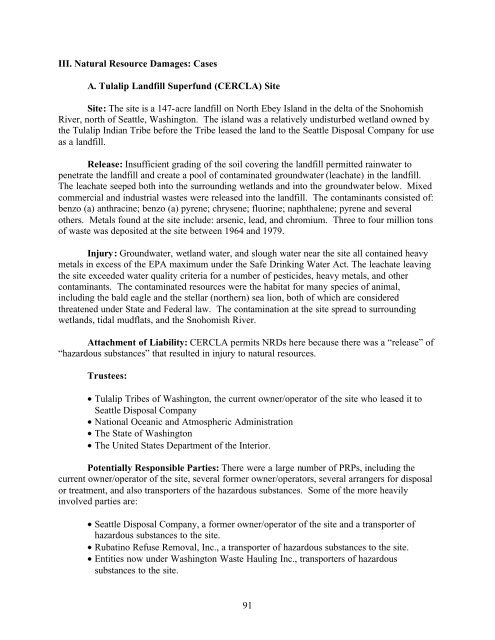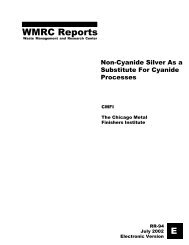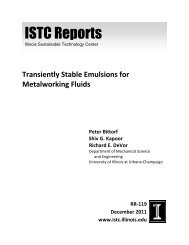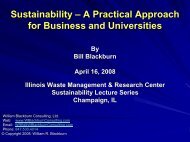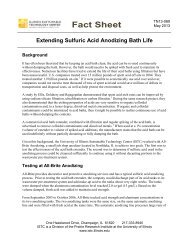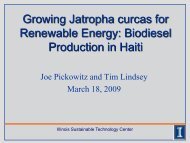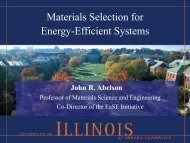Natural Resource Damage Assessment: Methods and Cases
Natural Resource Damage Assessment: Methods and Cases
Natural Resource Damage Assessment: Methods and Cases
You also want an ePaper? Increase the reach of your titles
YUMPU automatically turns print PDFs into web optimized ePapers that Google loves.
III. <strong>Natural</strong> <strong>Resource</strong> <strong>Damage</strong>s: <strong>Cases</strong><br />
A. Tulalip L<strong>and</strong>fill Superfund (CERCLA) Site<br />
Site: The site is a 147-acre l<strong>and</strong>fill on North Ebey Isl<strong>and</strong> in the delta of the Snohomish<br />
River, north of Seattle, Washington. The isl<strong>and</strong> was a relatively undisturbed wetl<strong>and</strong> owned by<br />
the Tulalip Indian Tribe before the Tribe leased the l<strong>and</strong> to the Seattle Disposal Company for use<br />
as a l<strong>and</strong>fill.<br />
Release: Insufficient grading of the soil covering the l<strong>and</strong>fill permitted rainwater to<br />
penetrate the l<strong>and</strong>fill <strong>and</strong> create a pool of contaminated groundwater (leachate) in the l<strong>and</strong>fill.<br />
The leachate seeped both into the surrounding wetl<strong>and</strong>s <strong>and</strong> into the groundwater below. Mixed<br />
commercial <strong>and</strong> industrial wastes were released into the l<strong>and</strong>fill. The contaminants consisted of:<br />
benzo (a) anthracine; benzo (a) pyrene; chrysene; fluorine; naphthalene; pyrene <strong>and</strong> several<br />
others. Metals found at the site include: arsenic, lead, <strong>and</strong> chromium. Three to four million tons<br />
of waste was deposited at the site between 1964 <strong>and</strong> 1979.<br />
Injury: Groundwater, wetl<strong>and</strong> water, <strong>and</strong> slough water near the site all contained heavy<br />
metals in excess of the EPA maximum under the Safe Drinking Water Act. The leachate leaving<br />
the site exceeded water quality criteria for a number of pesticides, heavy metals, <strong>and</strong> other<br />
contaminants. The contaminated resources were the habitat for many species of animal,<br />
including the bald eagle <strong>and</strong> the stellar (northern) sea lion, both of which are considered<br />
threatened under State <strong>and</strong> Federal law. The contamination at the site spread to surrounding<br />
wetl<strong>and</strong>s, tidal mudflats, <strong>and</strong> the Snohomish River.<br />
Attachment of Liability: CERCLA permits NRDs here because there was a “release” of<br />
“hazardous substances” that resulted in injury to natural resources.<br />
Trustees:<br />
• Tulalip Tribes of Washington, the current owner/operator of the site who leased it to<br />
Seattle Disposal Company<br />
• National Oceanic <strong>and</strong> Atmospheric Administration<br />
• The State of Washington<br />
• The United States Department of the Interior.<br />
Potentially Responsible Parties: There were a large number of PRPs, including the<br />
current owner/operator of the site, several former owner/operators, several arrangers for disposal<br />
or treatment, <strong>and</strong> also transporters of the hazardous substances. Some of the more heavily<br />
involved parties are:<br />
• Seattle Disposal Company, a former owner/operator of the site <strong>and</strong> a transporter of<br />
hazardous substances to the site.<br />
• Rubatino Refuse Removal, Inc., a transporter of hazardous substances to the site.<br />
• Entities now under Washington Waste Hauling Inc., transporters of hazardous<br />
substances to the site.<br />
91


